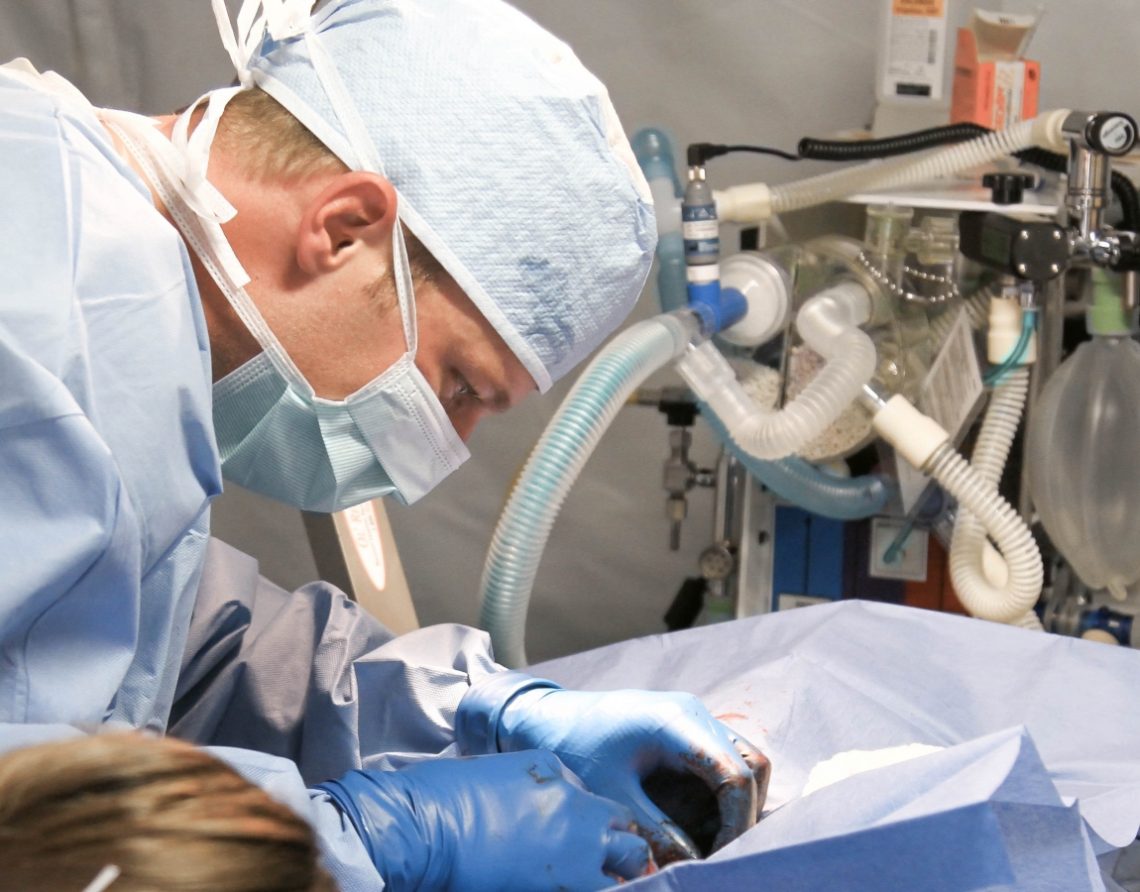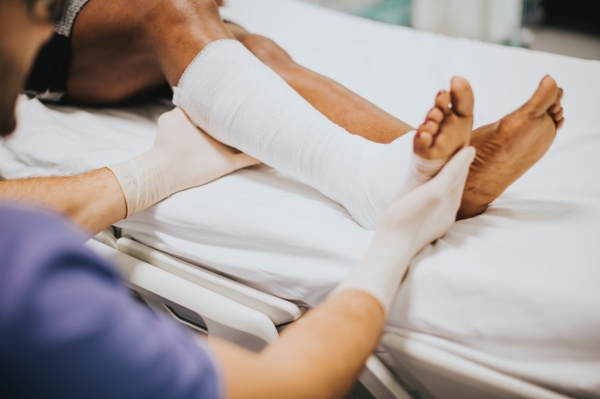ER
-
What to Expect in the ER: Part 2
After Triage If your child’s problem does not require immediate attention, then you will need to wait. Luckily you have some books, toys and/or crayons (see part 1) to help pass the time with your child. Your child might need an x-ray or other tests, and you might be told that your child should not eat or drink until after the tests are completed. Your Turn Arrives Finally, you and your child will be called into the examination room. You may have to wait a bit longer until a doctor arrives. When the doctor arrives, you will be asked about your child’s medical issue and additional tests may be ordered. When…
-
Dr. Josyann Abysaab:What to Expect in the ER: Part 1
If you ever need to bring a child to the emergency room, it’s a good idea to prepare him/her in advance. If he knows what to expect, the trauma of the visit will be reduced to a minimum. On the Way to the ER Although it is certainly possible to drive to the emergency room yourself, if you need to get your child there quickly, consider calling 911 for an ambulance. Not only is an ambulance the fastest way to get to the ER, but there are trained professionals in the ambulance who can administer care. If you have time, bring some of your child’s belongings that can comfort and…
-
Ankle Injuries and the ER: Dr. Josyann Abisaab
One of the most common injuries seen in the ER is the ankle injury. Ankle sprains, breaks and fractures are most often a result of activities which require quick stops and starts, as well as abrupt changes in direction. Improper footwear is also a common cause of such injuries. Emergency care doctors like Dr. Josyann Abisaab understand that it is important to: Do daily exercises to strengthen the ankles, as well as to increase their flexibility Strengthen and support old ankle injuries Wear the correct shoes for an activity such as hiking or soccer Avoid running on uneven surfaces.
-
Broken Bones and Dr. Josyann Abisaab
The pain of a broken bone usually sends the victim straight to the emergency room, whether or not there is certainty that a bone is actually broken. A careful examination including an x-ray by an emergency room doctor such as Dr. Josyann Abisaab can usually determine whether a bone was indeed broken. A bone will break if there is more pressure placed on the bone than the bone can handle. The bone can either split or break, and in either case this break, no matter how large, is called a fracture. If the broken edge of the bone breaks through the skin, then the fracture is called either an open…
-
Understanding Knee Injuries:Dr. Josyann Abisaab
W hen all the parts of the body are working together well, it is easy to forget how each and every muscle, bone, and organ are essential for a painless, well-functioning body. A good example of this is when someone has a knee injury. In just a moment the person goes from painless walking, bending, climbing stairs, crouching and stretching, to a person who experiences pain with every bend of the leg at the knee. The knee is the largest joint in the body. Joints are the places where two bones come together. The knees provide the body with stability, flexibility and allow your legs to straighten up, bend and…

